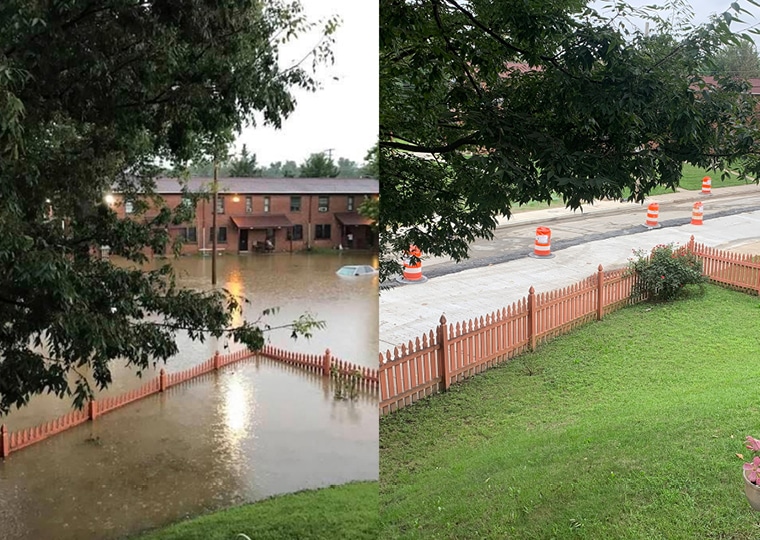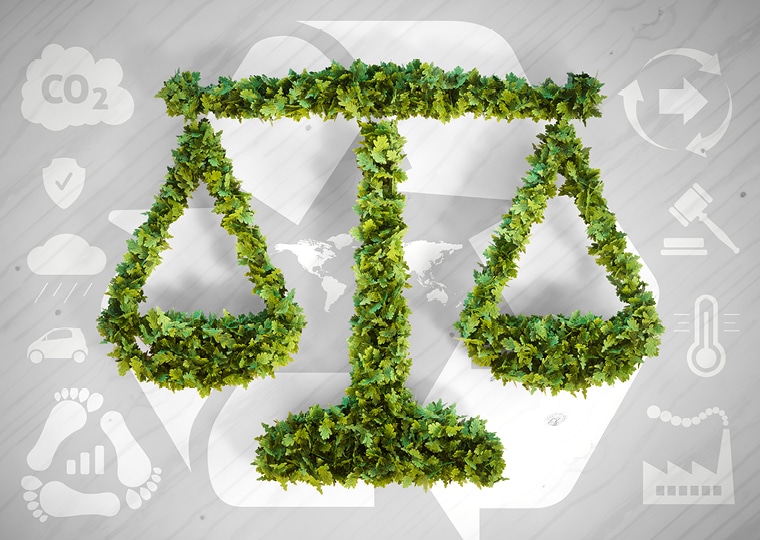
In its efforts to address the effects of climate change on infrastructure, the Biden administration recently released a roadmap for natured-based solutions to protect, sustainably manage, and restore natural ecosystems within infrastructure improvements.
Well-designed, nature-based solutions are essential tools in addressing the climate crisis, with historic investments from the bipartisan Infrastructure Investment and Jobs Act. Embedded in this law is a major investment in climate mitigation and adaptation strategies for an unprecedented opportunity to invest in solutions that benefit both people and the environment.
Used alone or in concert with other infrastructure, STV’s nature-based solutions have proven effective in reducing risks to coasts, wetlands, and public infrastructure. Runoff from stormwater is just as insidious and continues to be a major cause of flooding and water pollution, particularly in urban environments.
In this roundtable conversation, Sameeh Barkho, P.E., engineering chief; Michael Grantner, P.E., senior project manager; and Lisa Martusciello, P.E., ENV SP, project manager, consider how STV is applying nature-based solutions to stormwater practices, and how intentional strategies like nature-based solutions can help avoid risks and bolster resilience.
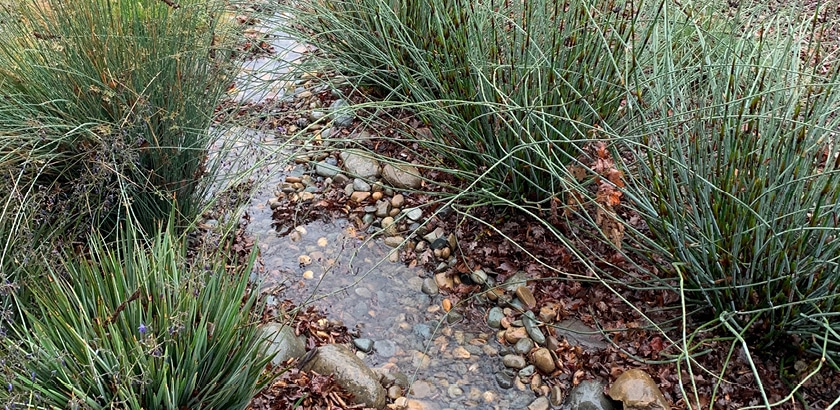
How has climate change affected the way we look at existing wastewater infrastructure?
Michael Grantner: Historically, communities have used what we call gray infrastructure – systems of gutters, pipes, and tunnels – to move stormwater away from where we live to treatment plants or straight to local water bodies. Not only is the gray infrastructure in many areas aging, but it also simply wasn’t built to manage the large volumes of stormwater we’re seeing across the country. By installing green infrastructure, we can address those concerns while redirecting the water to various areas in need of irrigation.
Sameeh Barko: Elements of green infrastructure can be woven into a community on many levels: a greenway in an alley, rain gardens, or construction of wetlands – “greening the gray.”
What about new infrastructure?
Lisa Martusciello: For new infrastructure, we’re able to collaborate to incorporate sustainability into the initial design. A prime example is a bus rapid transit stormwater management system for a recent project. While the initial planning phase called for the station canopy downspouts to connect directly to adjacent storm sewers, our team’s alternative design directed rain runoff from the canopies into planting beds along the backs of the stations.
The new design irrigates the planting beds while still redirecting overflow to an adjacent gutter during heavy rainfall. This method provided the client with a cost-effective alternative that addressed both stormwater management and landscaping irrigation.
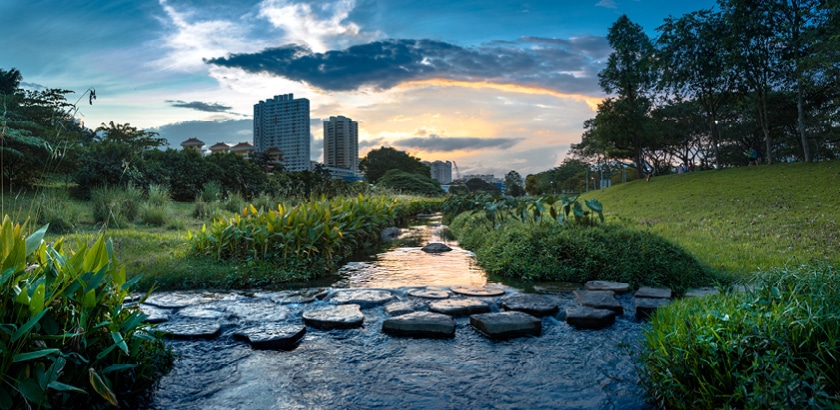
But what about the cost?
Lisa Martusciello: Initiatives like these are the future of infrastructure; no bare concrete. It not only alleviates flooding, but it also reinvigorates the community. It’s important for us to reinforce to clients and communities the economic benefits, in addition to the social benefits and beautification.
Michael Grantner: The operations and maintenance are minimal, not to mention the flood control benefits and expected life. Overall, it’s much more cost-effective when done right.
Sameeh Barko: Additionally, we’ve helped several clients receive tax breaks for including greenspaces rather than concrete.
On the local level, what have you seen take place in your respective hometowns?
Sameeh Barko: Streets make up over 25% of New York City’s total land area, and the demands for this space are constantly changing. During the COVID-19 pandemic, we saw a need for more community greenspaces. The city’s street design manual is a living document for guidance beyond safety: to also include the vibrancy the city is known for. This means preserving the unique character of neighborhoods while also supporting the environmental health of the city.
Lisa Martusciello: Minimizing impermeable surfaces and maximizing plantings, bioswales, and tree canopy cover are all part of designing streets to meet the city’s future needs.
Michael Grantner: In Philadelphia, a similar the Green Streets Program allows local flora and fauna to capture and manage rain and snow runoff, reducing the amount of stormwater making its way into the city’s combined sewar pipes.
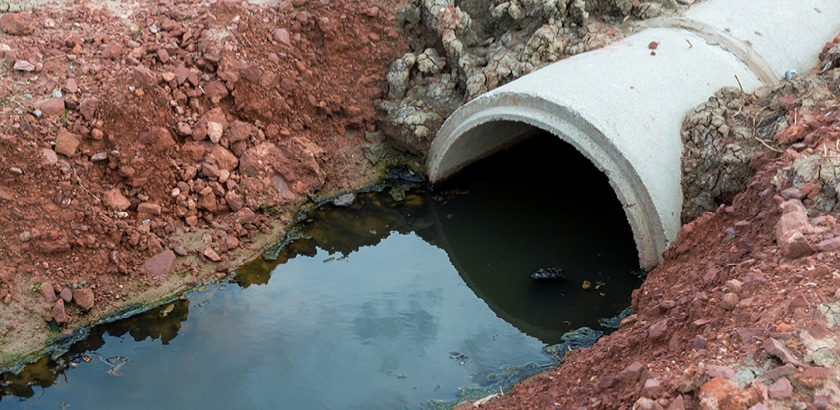
With these initiatives in place, what’s next for stormwater management and green infrastructure?
Sameeh Barko: These initiatives are just a few examples of how local policies can benefit the public. Now that policies have been updated and funding is moving toward resiliency, we can focus on engaging with the community and training the workforce in nature-based solutions.
Michael Grantner: On a local level, our projects can serve as case studies to fully demonstrate the scale of opportunities and learn more about where these solutions work best.
Lisa Martusciello: We can also focus on supplementing biodiversity loss as a component of this work.
